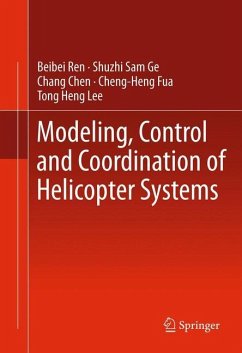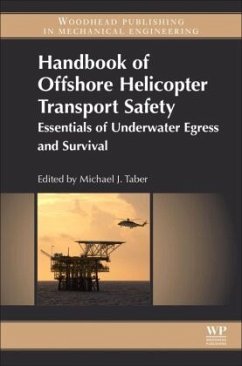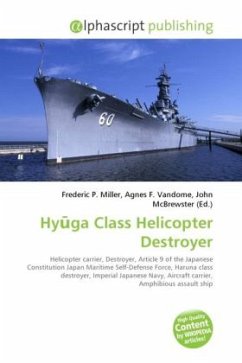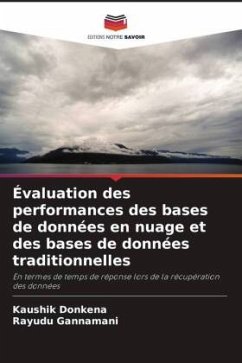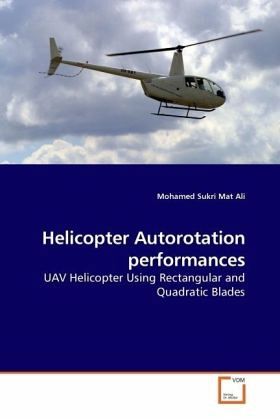
Helicopter Autorotation performances
UAV Helicopter Using Rectangular and Quadratic Blades
Versandkostenfrei!
Versandfertig in 6-10 Tagen
39,99 €
inkl. MwSt.

PAYBACK Punkte
20 °P sammeln!
This study is an evaluation of the possibility to reduce the risk of landing of an unmanned helicopter in an autorotation manoeuvre. Using a point mass model, the analysis was focused on the main rotor system as it gave the highest impact on helicopter's total power required. Comparison on the characteristics of the original rectangular blade and modified quadratic blade was analytically and experimentally performed. From this study, it was found that, by using modified quadratic blade the steady rate of descent of the point mass model can be reduced by two percent and zero collective pitch is...
This study is an evaluation of the possibility to reduce the risk of landing of an unmanned helicopter in an autorotation manoeuvre. Using a point mass model, the analysis was focused on the main rotor system as it gave the highest impact on helicopter's total power required. Comparison on the characteristics of the original rectangular blade and modified quadratic blade was analytically and experimentally performed. From this study, it was found that, by using modified quadratic blade the steady rate of descent of the point mass model can be reduced by two percent and zero collective pitch is the best collective pitch correction setting after engine failure. Additionally, to make a safe landing by using this quadratic blade, landing flare phase is also needed to be performed.





